Libya plans to resume exports from the major eastern Ras Lanuf and Es Sider oil ports after government forces took over the terminals following the end of an almost year-long blockage by a rebel group, officials said on Sunday. State-run National Oil Corp (NOC) lifted force majeure from the two ports after the rebels agreed last week to end a blockade to press financial and political demands. The waiver of contractual obligations had been imposed last summer when a wave of protests at oil facilities broke out.
The port reopening would restore part of oil output fallen to a trickle of the 1.4 million barrels a day the OPEC member used to pump last summer when a wave of protests started.
Libya's current output is running at 325,000, the spokesman said. Experts say it will be easy to sell oil from port storages but take some time to restart production as the connecting fields and pipelines are likely to require maintenance work after standing idle for eleven months. Both ports used to export around 500,000 bpd before the closure.
"Force majeure has been lifted at 1500," said Mohamed El Harari, a spokesman for NOC. The state oil firm had declared force majeure, a waiver of contractual obligations, when the rebels seized the ports last year.
"The marketing department has been instructed to start exporting oil from all Libyan oil ports," he said.
Ali Al-Ahrash, commander of the state Petroleum Facilities Guards (PFG) in charge of protecting oil facilities, said the ports were now fully under government control.
"The situation at the two ports is safe and the National Oil Corp can resume work at Rasp Lanuf and Es Sider," he told Reuters.
Disputes over Libya's vast oil resources have been among the many triggers for conflict between rival brigades of former rebels and allied political factions since civil war ended four decades of Muammar Qadhafi one-man rule in 2011.
Port rebel leader Ibrahim Jathran had agreed in April to reopen two smaller eastern ports, Zueitina and Hariga, and then gradually free up Es Sider and Ras Lanuf.
After that deal, shipments from Zueitina were delayed because of damage from the blockade, while Hariga has seen only a few tanker loadings, hampered by a separate protest temporarily closing the port again.
The problems at Hariga show the vulnerability of oil facilities as militias, tribesmen and state security forces seize facilities at will to press Tripoli into financial or political demands.
BR100
15,006
Increased By
43.7 (0.29%)
BR30
42,290
Increased By
211.3 (0.5%)
KSE100
147,022
Increased By
530.3 (0.36%)
KSE30
44,867
Increased By
34.9 (0.08%)


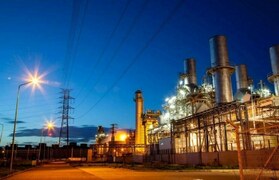




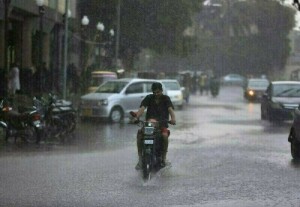

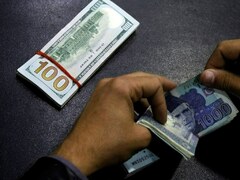
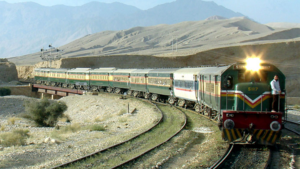
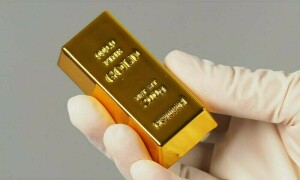
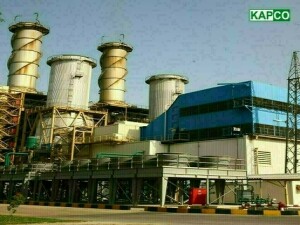
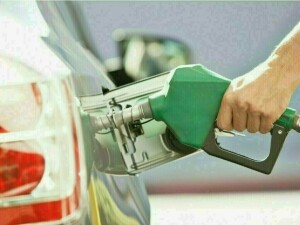

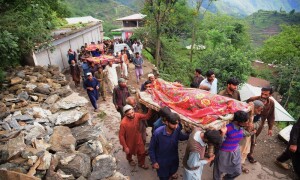

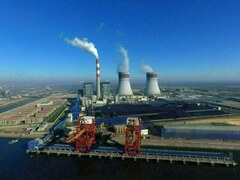

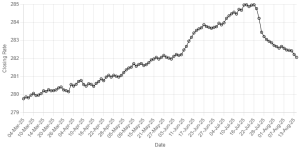
Comments
Comments are closed.